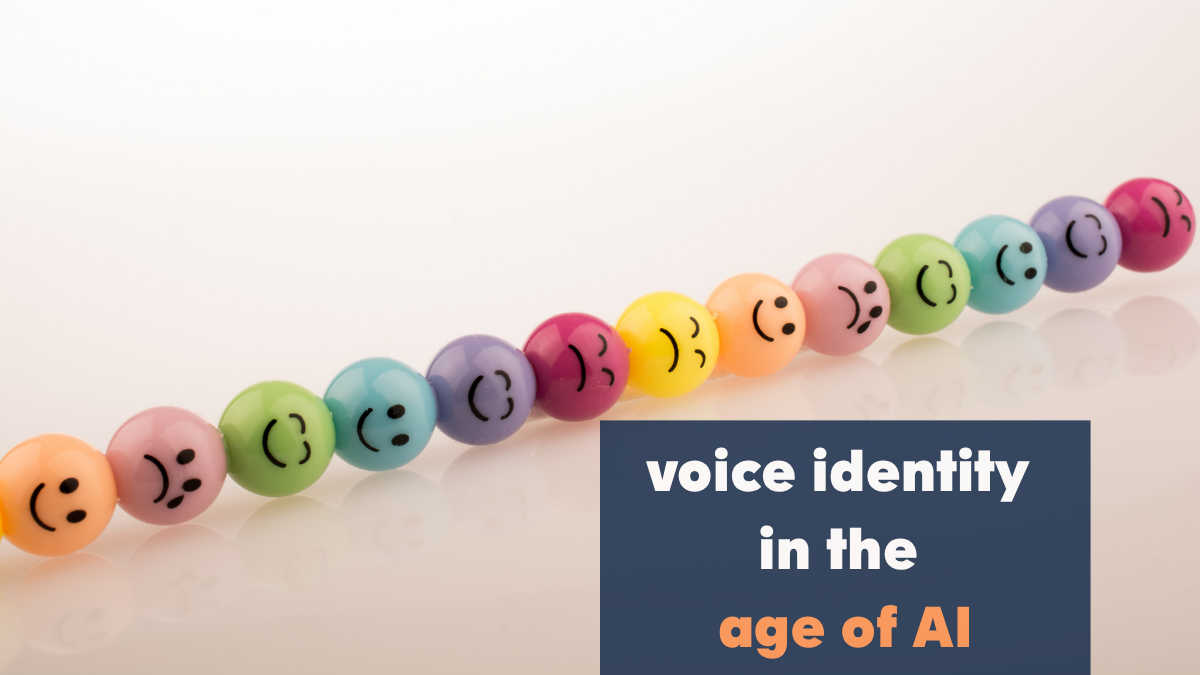Can music help AAC users while learning language? Avaz’s resident SLP Niveditha did a deep dive into this question and gets you all the answers!


Finding ways to motivate children to work on challenging tasks can be difficult. For a non verbal child learning AAC or a minimally verbal child trying to use their words and phrases for communication – such activities are potentially difficult. So we find ourselves constantly looking for activities to motivate and engage them.
Music is one of the top motivators for children with special needs. Having music playing in the background during a challenging activity will have a child more willing to work through it.
Why Music?
Apart from the fact that music is a great motivator, there are many more aspects to music that could help the child to do a challenging task. Let’s check them out.
Music is a Multi-Sensory Experience
Music engages all their sensory systems.
For eg- Lets take a child playing their xylophone.
- Their tactile system is engaged when they feel the vibrations in their hand.
- Their kinesthetic system in engaged as they move their wrist and arm to play the xylophone.
- When they listen to the sounds, their auditory system is engaged.
- Their eyes track the motion of their arm when playing the instrument. This fires up their visual system.
Music motivates children with special needs because it appeals to their sensory needs.
Both Hemispheres of the Brain are Involved in Processing Music
Music is processed in many regions of the brain. This relates to the multi-sensory experience of making music. Each of these sensory systems is tied into a specific part of the brain.
Music is Non-Verbal
For many children with communication challenges, words fail them in different situations. On the one hand, they may have difficulty in processing the words they hear. On the other, they may not find words to express themselves. This is a very challenging situation. They are bombarded by speech all day long, but they have limited speech skills.
Music is comparatively easier. It can happen without words. This is true even when lyrics are involved. Children learn them easily mainly because it is rhythmic and occurs in a predictable sequence.
Music Helps You Bond
Science has shown that, Oxytocin or the cuddle hormone is released when listening to or making music. This provides a rush of happiness. When children make a happy association, they learn better 🙂
- Parents should get into a routine of singing to/with your child everyday.
- Moving and dancing with them to their favorite song- either with you singing or to recorded songs.
- Use simple, even homemade instruments such as beads in a plastic bottle to create your own music. Or play along to some background music.
Music is powerful! It is an easy & fun way to connect with children. Through this connection we can motivate them to develop new skills.
Music & AAC: For Communication and Language
As we have seen, music has numerous benefits. We can use it to teach a number of skills. Let’s look at how it helps with learning communication and language.
Pausing is a powerful strategy that communication partners can use. It is especially effective with an emergent communicator. In the examples below, you can see how pausing can be used to great effect with songs.
Turn Taking During Rhymes or Songs:
Pause a favorite song when they are listening to it. Encourage them to fill in the word or phrase with their AAC. You can do something similar with rhymes. Program the word/ phrase that is repeated in their favorite rhyme and invite them to fill it in during their turn by pausing at all the appropriate places. Imagine – how many repetitions we could get!!
Requesting:
Let them request their favorite song (the name of which is programmed already). Then, get them to ask for MORE. They could ask you to sing it AGAIN or say song FINISHED or WANT DIFFERENT song.
Commenting:
They could comment on what they LIKED in the song. They can be invited to share what made them HAPPY listening to it.
Making Choices:
They could choose what they want to hear from a couple of their favorites. and indicate they want MAMA or PAPA to sing it.
Countdown:
They could tell you when to start by counting (1 2 3 ) on their device.
Shared Reading & Music:
Music & shared reading are match made in heaven. For younger children, you can use “Sing and Read” books. These are books that have taken classic kids rhymes and have put these songs into a story format. eg “Twinkle Twinkle,” and “Five Little Ducks”. The pictures on the page can be used as visual prompts for the words you are reading. If your child is using the device to communicate the word “duck,” for instance, then just create a big, dramatic pause before singing this word. Then, point to the duck on the page, and wait for your child to communicate this word in the same way or with their AAC.
Other Uses
Helps with Fine Motor Concerns-
Use songs like “Where is Thumbkin?” to isolate individual fingers, in a fun way. Activities like this can be of great help to children who have difficulty accessing their AAC devices because of fine motor issues.
Additionally, music also helps with impulse control and attention.
Conclusion
With music, children are working on their goals without realizing they are doing work. They are able to do many repetitions without monotony.
Whether it is building deeper connections with children or helping your child learn developmentally appropriate skills, music can definitely become a beloved tool in your communication journey.
WRITTEN BY
Niveditha Ryali
Speech – Language – Swallowing Therapist
I have years of experience that comes from working in NHS(UK), special schools, hospitals and private practice. My passions are working on improving Speech, Language and Swallowing skills in children and adults. I also strive to facilitate early communication in children with complex communication needs, thereby improving parent-child bonding.





